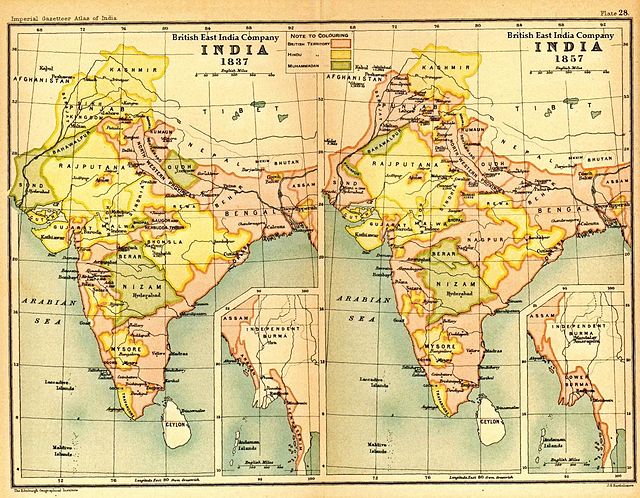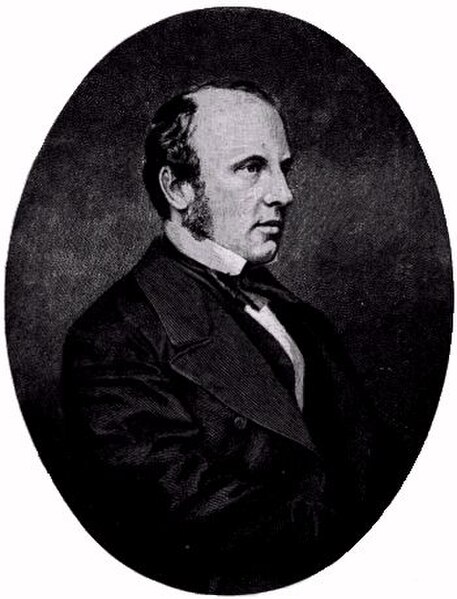The Battle of Badli-ki-Serai was fought early in the Indian Rebellion of 1857, or First War of Indian Independence as it has since been termed in Indian histories of the events. A British and Gurkha force defeated a force of sepoys who had rebelled against the British East India Company. The British victory allowed them to besiege and ultimately capture Delhi.
Indian Muslim irregular cavalry of Skinner's Horse
The Indian Rebellion of 1857 was a major uprising in India in 1857–58 against the rule of the British East India Company, which functioned as a sovereign power on behalf of the British Crown. The rebellion began on 10 May 1857 in the form of a mutiny of sepoys of the company's army in the garrison town of Meerut, 40 mi (64 km) northeast of Delhi. It then erupted into other mutinies and civilian rebellions chiefly in the upper Gangetic plain and central India, though incidents of revolt also occurred farther north and east. The rebellion posed a military threat to British power in that region, and was contained only with the rebels' defeat in Gwalior on 20 June 1858. On 1 November 1858, the British granted amnesty to all rebels not involved in murder, though they did not declare the hostilities to have formally ended until 8 July 1859.
India in 1765 and 1805, showing East India Company-governed territories in pink
India in 1837 and 1857, showing East India Company-governed territories in pink
Two sepoy officers; a private sepoy, 1820s
Charles Canning, the Governor-General of India during the rebellion.





